Home>Home Maintenance>How To Make Home Repairs With FHA 302K


Home Maintenance
How To Make Home Repairs With FHA 302K
Modified: March 6, 2024
Learn how to make home repairs and perform necessary maintenances with the FHA 302K program. Get expert guidance and financial assistance for your home-maintenance projects.
(Many of the links in this article redirect to a specific reviewed product. Your purchase of these products through affiliate links helps to generate commission for Storables.com, at no extra cost. Learn more)
Introduction
Welcome to the world of home repairs! Whether you’re a new homeowner or have been in your house for years, maintenance and repairs are an inevitable part of owning a property. From fixing leaky faucets to replacing broken tiles, there’s always something that needs attention. However, home repairs can be expensive and time-consuming, especially if you don’t have the necessary funds readily available.
This is where the FHA 203(k) loan comes into play. This unique program offered by the Federal Housing Administration (FHA) is designed to help homeowners finance both the purchase of a home and the necessary repairs or upgrades. It allows you to tackle those much-needed repairs or renovations without causing a massive strain on your finances.
So, how does the FHA 203(k) loan work, and how can you make the most of it? In this article, we will guide you through the FHA 203(k) loan process, eligibility requirements, and tips for successfully completing your home repairs. Let’s get started!
Key Takeaways:
- Using an FHA 203(k) loan can help homeowners finance repairs and upgrades, making it easier to manage the financial burden of home maintenance and create a comfortable living space.
- To successfully utilize the FHA 203(k) loan, homeowners should carefully plan repairs, communicate openly with contractors, and ensure that the work meets industry standards and stays within budget.
Read more: How To Store K-Cups
Eligibility for FHA 203(k) Loan
Before diving into the details of the FHA 203(k) loan process, it’s essential to determine whether you are eligible for this program. The FHA has laid out specific requirements that applicants must meet in order to qualify for the loan. Here are the key eligibility criteria:
- Property Type: The FHA 203(k) loan is available for one-to-four unit residential properties. This includes single-family homes, condominiums, and townhouses.
- Owner-Occupied Property: You must intend to live in the property as your primary residence for at least one year. The FHA 203(k) loan is not applicable for investment properties or second homes.
- Credit Score: While there is no specific credit score requirement, most lenders prefer borrowers with a credit score of 580 or higher. A higher credit score may qualify you for better interest rates and loan terms.
- Debt-to-Income Ratio: Your total monthly debt obligations should not exceed a certain percentage of your gross monthly income. Typically, lenders prefer a debt-to-income ratio of 43% or lower.
- Down Payment: The FHA 203(k) loan requires a down payment of as little as 3.5% of the total loan amount. This is significantly lower compared to traditional loans that typically require a 10-20% down payment.
- Stable Employment and Income: Lenders will assess your employment history and income stability to ensure that you have the financial capacity to repay the loan.
It’s important to note that individual lenders may have additional requirements or guidelines for FHA 203(k) loan eligibility. It’s recommended to reach out to multiple lenders and discuss your specific situation to determine if you meet the criteria. Additionally, it’s important to have a thorough understanding of the loan terms, interest rates, and repayment options before proceeding with your application.
Now that you understand the eligibility requirements for the FHA 203(k) loan, let’s move on to the next step: understanding the FHA 203(k) loan process.
Understanding the FHA 203(k) Loan Process
The FHA 203(k) loan process can seem overwhelming at first, but with a clear understanding of the steps involved, it can become more manageable. Let’s break down the process:
- Evaluate Property Eligibility: The first step is to ensure that the property you’re interested in is eligible for the FHA 203(k) loan. This involves confirming that it meets the requirements outlined by the FHA, such as being a residential property and your intended primary residence.
- Find a Lender: Once you’ve determined property eligibility, you’ll need to find a lender who offers FHA 203(k) loans. It’s important to research and compare lenders to find one that suits your needs, offers competitive interest rates, and has experience with FHA 203(k) loans.
- Get Pre-Approved: Before starting the loan application process, it’s beneficial to get pre-approved by the lender. This involves submitting necessary documents such as income verification, credit history, and property information. Pre-approval gives you a better understanding of your budget and helps streamline the loan application process.
- Create a Repairs Wish List: Prioritize the repairs and upgrades you want to make to your home. Consider both functional and aesthetic improvements, and keep in mind your budget and the appraised value of the property.
- Get Contractor Bids: Reach out to licensed contractors to request detailed bids for the repairs and upgrades outlined in your wish list. It’s crucial to find experienced contractors who have worked on similar projects and who can provide accurate and competitive bids.
- Create a Detailed Work Plan: Work with your contractor to create a detailed work plan outlining the scope of repairs, the timeline, and the cost for each item. This plan is necessary for the loan approval process.
- Submit Loan Application: Complete the loan application provided by your lender and submit all required documentation. This includes the property information, contractor bids, and the detailed work plan. Be prepared to provide additional financial documents such as tax returns, bank statements, and proof of employment.
- Loan Processing and Approval: Once your loan application is submitted, it goes through a processing period where the lender reviews and verifies all the information provided. They may request additional documentation or clarification during this stage. After the review process, the lender will notify you of the loan approval decision.
- Loan Closing: If your loan is approved, you will proceed to the loan closing stage. This involves signing the necessary paperwork and paying any required closing costs. After closing, the funds are disbursed to your contractor as outlined in the loan agreement.
Now that you understand the FHA 203(k) loan process, the next step is to find a qualified contractor who can perform the necessary repairs. We’ll cover that in the next section.
Finding a Qualified Contractor
When it comes to making home repairs with an FHA 203(k) loan, finding a qualified contractor is crucial. The right contractor can ensure that the repairs are done properly, efficiently, and within budget. Here are some tips to help you find a reliable contractor:
- Referrals and Recommendations: Ask friends, family, and neighbors for referrals and recommendations. Word-of-mouth is often a reliable way to find a contractor with a good reputation and track record.
- Online Research: Utilize online platforms and directories to look for contractors in your area. Read reviews, check their portfolios, and assess their customer ratings.
- Licensing and Insurance: Ensure that the contractor you choose is licensed and insured. This protects you and your property in case of any accidents or damages during the repairs.
- Experience and Expertise: Look for contractors who have experience in the type of repairs you need. Check if they specialize in certain areas or have expertise in specific techniques or materials.
- Interview Multiple Contractors: Reach out to several contractors and schedule interviews or consultations. Ask them about their experience, previous projects, and for references. This will help you assess their professionalism, communication skills, and compatibility.
- Obtain Detailed Bids: Request detailed bids from the contractors you’re considering. A thorough bid should outline the scope of work, materials needed, labor costs, and a timeline. This will help you compare and assess each contractor’s proposal.
- Check References: Contact the references provided by the contractors to ask about their experience working with them. Inquire about the quality of their work, adherence to timelines, and overall professionalism.
- Ask About Permits and Compliance: Ensure that the contractor is knowledgeable about the necessary permits and compliance requirements for your specific project. They should be able to guide you through the process and secure the required permits on your behalf.
- Written Contract: Once you’ve selected a contractor, it’s essential to have a written contract that clearly outlines the scope of work, payment terms, timelines, and any warranties or guarantees. Review the contract carefully before signing to ensure that both parties are in agreement.
Remember, it’s important to have open and clear communication with your contractor throughout the project. Regularly check on the progress and address any concerns or changes promptly. By finding a qualified contractor, you can ensure the success of your home repairs with your FHA 203(k) loan.
Determining the Scope of Repairs
Determining the scope of repairs is a crucial step when utilizing an FHA 203(k) loan for home improvements. This involves identifying and prioritizing the repairs and upgrades you want to make to your property. Here are some tips to help you determine the scope of repairs:
- Assess the Condition of your Home: Start by thoroughly assessing the current state of your property. Identify any major issues or areas that require immediate attention, such as structural problems, plumbing leaks, or electrical issues.
- Prioritize Functional Repairs: Focus on repairs that are essential for the safety, functionality, and livability of your home. This may include fixing leaky roofs, repairing faulty HVAC systems, or addressing plumbing issues.
- Consider Aesthetic Upgrades: Once you’ve addressed the necessary functional repairs, think about any aesthetic upgrades you’d like to make. This could include updating the kitchen or bathroom, replacing flooring, or adding a fresh coat of paint.
- Evaluate Energy Efficiency: Assess your home’s energy efficiency and consider making improvements in this area. This could involve upgrading insulation, installing energy-efficient windows or appliances, or adding solar panels.
- Consult with Professionals: For complex repairs or extensive renovations, it may be beneficial to consult with professionals such as architects or contractors. They can provide insights and guidance on the scope of work needed.
- Consider Long-Term Maintenance: Think about any maintenance or repair tasks that will help maintain the value and integrity of your property in the long run. This could include preventive measures, such as waterproofing basements or updating electrical systems.
- Stay Within Budget: Keep your budget in mind when determining the scope of repairs. Prioritize repairs and upgrades that align with your financial resources. It’s better to focus on quality over quantity and tackle one project at a time if needed.
- Research Material and Labor Costs: In order to budget effectively, research the costs of materials and labor for the repairs and upgrades you have in mind. This will help you determine if you can afford the desired scope of work or if adjustments need to be made.
Remember, it’s important to strike a balance between necessary repairs, desired upgrades, and your budget. By carefully determining the scope of repairs, you can create a plan that addresses both immediate needs and long-term goals for your home.
Creating a Detailed Budget
Creating a detailed budget is a crucial step when utilizing an FHA 203(k) loan for home repairs and upgrades. It allows you to allocate funds effectively, prioritize expenses, and ensure that you stay within your financial means. Here are some tips to help you create a comprehensive budget:
- Estimate Repair Costs: Begin by assessing the scope of repairs and researching the costs of materials and labor for each task. Obtain quotes from contractors or use online resources to estimate the expenses accurately.
- Incorporate Contingency: It’s essential to include a contingency amount in your budget to account for unexpected expenses that may arise during the project. A general rule of thumb is to allocate around 10-20% of the total repair costs as a contingency.
- Consider Professional Fees: If you’re hiring professionals such as architects or designers, include their fees in your budget. Research their costs and factor them into the overall project expenses.
- Include Permit Fees: Depending on the scope of your project, you may require permits from local authorities. Research the permit requirements and associated fees, and include them in your budget.
- Account for Material Costs: Make a list of all the materials required for the repairs and upgrades. Research prices from various suppliers and factor them into your budget. Consider any additional costs for delivery, disposal of old materials, or temporary storage if necessary.
- Factor in Labor Costs: Determine the labor costs based on the quotes received from contractors. Take into account the duration of the project, including any potential overtime or additional labor required.
- Plan for Additional Expenses: It’s important to anticipate any additional expenses that may arise during the project. This could include renting equipment, hiring subcontractors for specialized tasks, or unexpected repairs discovered during the renovation process.
- Track Miscellaneous Costs: Keep a record of miscellaneous expenses such as permits, inspections, utility connections, and insurance costs. These smaller expenses can add up and impact your overall budget.
- Review and Adjust: Regularly review your budget throughout the project to identify any discrepancies or areas where adjustments are required. Be prepared to make necessary changes and reallocate funds as needed.
- Consult with Lenders: Consult with lenders who specialize in FHA 203(k) loans to gain a better understanding of the loan terms, interest rates, and repayment options. They can provide guidance on how to structure your budget to align with the loan requirements.
Remember, creating a detailed budget requires careful research, consideration of all expenses, and flexibility for unexpected costs. By having a comprehensive budget in place, you can effectively manage your funds and ensure a successful completion of your home repairs with the FHA 203(k) loan.
When making home repairs with an FHA 203k loan, be sure to work with a contractor who is familiar with the 203k process and can provide accurate cost estimates. This will help ensure a smooth and successful renovation project.
Submitting a Loan Application
Submitting a loan application is a crucial step when utilizing an FHA 203(k) loan for home repairs and upgrades. It marks the beginning of the loan approval process and is essential for obtaining the necessary funds to finance your project. Here are the key steps to consider when submitting a loan application:
- Gather Required Documents: Collect all the necessary documents needed for the loan application process. This typically includes income verification, tax returns, bank statements, employment history, credit history, and property information.
- Complete the Loan Application Form: Fill out the loan application form provided by your lender. Ensure that all the information you provide is accurate and up to date. Double-check for any errors or omissions before submitting the application.
- Include the Detailed Work Plan: Along with the loan application, include a detailed work plan that outlines the scope of repairs, cost estimates, and timelines. This plan will be crucial in the loan approval process as it demonstrates how the funds will be utilized.
- Provide Contractor Bids: Include the bids and estimates obtained from contractors for the repairs and upgrades. These bids should ideally align with the work plan and demonstrate that the costs are reasonable and justifiable.
- Attach supporting documents: Attach any supporting documents required by your lender, such as proof of insurance, property certificates, or permits, if applicable. Ensure that all documents are legible and properly organized.
- Submit the Application: Once you have gathered all the necessary documents and completed the application form, submit your application to the lender. Follow their instructions for submission, whether it’s through an online platform or by visiting their physical location.
- Communicate with the Lender: Stay in regular communication with your lender during the application process. Be prepared to provide any additional documentation or information they may require. Respond to their requests promptly to avoid delays in the approval process.
- Review the Loan Terms: After submitting your application, review the loan terms provided by the lender. Pay attention to the interest rates, repayment options, and any fees associated with the loan. Seek clarification from the lender if you have any questions or concerns.
- Maintain a Copy of the Application: Keep a copy of your loan application and all the supporting documents for your records. This will come in handy for future reference and to ensure that you have documentation of your application in case of any discrepancies.
Remember, the loan application is a critical step in obtaining the funds needed for your home repairs. By carefully gathering the required documentation and following the lender’s instructions, you can increase your chances of a smooth and successful application process.
Obtaining Approval for the FHA 203(k) Loan
Obtaining approval for the FHA 203(k) loan is an important milestone in the home repair process. It signifies that your loan application has been reviewed and accepted by the lender, allowing you to access the funds needed to finance your project. Here are the key steps to obtain approval for the FHA 203(k) loan:
- Lender’s Review Process: After submitting your loan application, the lender will initiate a review process. They will assess the documentation provided, including your income verification, credit history, property information, and the detailed work plan.
- Acknowledgment and Confirmation: The lender may acknowledge receipt of your application and supporting documents. They may also provide you with a confirmation of the loan amount that you qualify for.
- Additional Information or Documentation: During the review process, the lender may request additional information or documentation from you. They may need clarifications or further details about the project or your financial situation.
- Appraisal of the Property: The lender will order an appraisal of the property to determine its current value. This appraisal is essential to confirm that the loan amount aligns with the property’s worth.
- Loan Underwriting: The underwriting process involves a thorough evaluation of your loan application, documents, and appraisal. The lender will assess your creditworthiness, financial stability, and ability to repay the loan.
- Conditional Approval: Once the underwriting process is complete, you may receive a conditional approval. This means that the lender is willing to approve the loan pending certain conditions, such as providing additional documentation or clarifications.
- Final Approval: After satisfying the lender’s conditions, you will receive the final approval for the FHA 203(k) loan. This indicates that you have been officially approved, and the funds can be disbursed for the repairs.
- Review and Acknowledgment: Take the time to carefully review the loan terms and conditions provided by the lender. Ensure that you understand the interest rates, repayment schedule, and any fees associated with the loan. Seek clarification from the lender if needed.
- Documentation and Agreement: Once you are comfortable with the loan terms, you will be required to sign the loan agreement and any additional documentation provided by the lender. Read through these documents thoroughly and retain copies for your records.
- Disbursement of Funds: With the loan approved and the necessary documentation completed, the lender will disburse the funds as outlined in the loan agreement. The funds will be used to pay the contractors and suppliers involved in your home repair project.
Remember, obtaining approval for the FHA 203(k) loan signifies that you can proceed with your home repairs. It is important to maintain open communication with your lender throughout the process, respond to any requests promptly, and review the loan terms before signing the agreement. With approval in hand, you can move forward with managing and completing your repairs.
Disbursement of Funds
The disbursement of funds is a crucial stage in the FHA 203(k) loan process. It involves the distribution of the approved loan amount to cover the costs of your home repairs and upgrades. Here’s what you need to know about the disbursement of funds:
- Loan Agreement and Work Plan: Before the disbursement, ensure that you and the contractor have signed the loan agreement and work plan. These documents outline the scope of work, cost estimates, and payment schedules.
- Establish a Repair Escrow Account: The lender typically sets up a repair escrow account where the approved loan amount is held. The funds in this account are designated specifically for the repairs and upgrades outlined in the loan agreement.
- Certification of Work Completion: As the repairs progress, the contractor will complete the necessary work and submit a request for payment. The lender will then review the request and inspect the completed work to ensure that it meets the agreed-upon specifications.
- Payment Authorization: Once the lender verifies that the work has been satisfactorily completed, they will issue a payment authorization. This allows the disbursement of funds from the repair escrow account to the contractor.
- Payment Distribution: The disbursement of funds can occur in different ways, depending on the agreement between the parties involved. It may involve direct payment to the contractor, partial payments at specific milestones, or reimbursements based on submitted invoices and receipts.
- Keep Documentation: Maintain detailed documentation of all payments made to contractors and suppliers. This includes invoices, receipts, and any other relevant financial records. This documentation will be important for accounting purposes and future reference.
- Inspections and Verifications: Throughout the disbursement process, the lender may conduct inspections to ensure that the work is progressing as planned and that the funds are being used appropriately. This helps protect both the borrower and the lender.
- Remaining Funds: If there are any remaining funds in the repair escrow account after the completion of all approved repairs and upgrades, they can be used for additional improvements or returned to the borrower to cover other homeownership expenses.
- Loan Repayment: After the disbursement of funds and completion of the repairs, borrowers must repay the FHA 203(k) loan according to the agreed-upon terms. This typically involves monthly payments that include principal and interest.
Remember, it’s crucial to maintain regular communication with the lender and contractor during the disbursement process. Stay informed about the progress of the repairs, review payment requests carefully, and ensure that all financial transactions are properly documented. By managing the disbursement of funds effectively, you can ensure that your home repairs are completed according to plan and within budget.
Read more: How To Apply For An FHA Construction Loan
Managing and Completing Repairs
Managing and completing repairs is a crucial phase in utilizing an FHA 203(k) loan for home improvements. It involves overseeing the progress of the repairs, coordinating with contractors, and ensuring that the work is completed according to plan. Here are some tips to effectively manage and complete your repairs:
- Open and Ongoing Communication: Maintain open and frequent communication with the contractors working on your home repairs. Regularly discuss the progress, address any concerns, and provide feedback to ensure that the work is meeting your expectations.
- Regular Site Visits: Visit the construction site regularly to assess the progress and quality of the repairs. This allows you to address any issues promptly and make any necessary adjustments to the project.
- Document Delays or Changes: Keep a record of any delays or changes that occur during the repair process. This includes documenting any additional work or modifications made that deviate from the original plan. This documentation will be crucial for insurance purposes and future reference.
- Ensure Quality Assurance: It’s important to ensure that the repairs are being done according to industry standards and building codes. Verify that the contractors are using high-quality materials and adhering to the agreed-upon work plan.
- Manage Budget and Payments: Keep track of the expenses and ensure that the project remains within budget. Make payments to contractors as agreed upon, ensuring that the disbursement of funds aligns with the progress of the repairs.
- Monitor Timelines: Regularly review the timeline set for the completion of the repairs. If you notice any significant delays, discuss them with the contractors and find ways to get the project back on track.
- Address Issues Promptly: If any issues or concerns arise during the repair process, address them promptly with the contractors. Clear communication is key to resolving any problems and ensuring that the repairs are completed to your satisfaction.
- Document Completion of Repairs: Once the repairs are complete, document their completion with photos or videos. Keep a record of any warranties or guarantees provided by the contractors or suppliers for future reference.
- Final Walkthrough and Inspection: Conduct a final walkthrough of the repaired areas with the contractors to check for any outstanding issues. Arrange for a final inspection to ensure that all necessary permits and codes have been met.
- Update Insurance and Property Records: Notify your insurance provider and update your property records once the repairs are completed. This ensures that your coverage accurately reflects the improved condition of your home.
Remember, effective management of the repair process and open communication with contractors are key to successful completion of your home repairs. By actively overseeing the project and addressing any issues that arise, you can ensure that the repairs are completed to your satisfaction and in alignment with the FHA 203(k) loan requirements.
Final Inspection and Certification
The final inspection and certification process is the last step in utilizing an FHA 203(k) loan for home repairs. It involves conducting a thorough inspection of the completed repairs and obtaining the necessary certifications and documentation to confirm that the work meets the required standards. Here’s what you need to know about the final inspection and certification:
- Hire a Qualified Inspector: Engage a qualified inspector who is knowledgeable about FHA 203(k) loan requirements and local building codes. The inspector will assess the completed repairs to ensure they meet the necessary standards.
- Coordinate with Contractors: Coordinate with the contractors who performed the repairs to schedule the final inspection. Ensure that all the necessary work has been completed and is ready for inspection.
- Review the Work: Before the inspection, review the completed repairs yourself to ensure that everything aligns with the agreed-upon scope of work. Verify that any outstanding issues or touch-ups have been addressed.
- Inspection Process: During the inspection, the inspector will evaluate the repairs, check for proper installation, and ensure compliance with building codes and FHA guidelines. This may include assessing structural elements, electrical systems, plumbing fixtures, and overall safety.
- Prepare Necessary Documentation: Prior to the inspection, gather all the required documentation, including permits, invoices, receipts, and any warranties or guarantees from the contractors. This documentation will support the completion of the repairs.
- Address any Issues: If the inspector identifies any issues or deficiencies during the inspection, work with the contractors to address them promptly. This may involve completing unfinished work or rectifying any non-compliant elements.
- Obtain Certifications and Documentation: Once the inspections are successfully completed and any necessary corrections are made, obtain the necessary certifications and documentation. This may include a Certificate of Completion, compliance reports, and warranties or guarantees from the contractors.
- Update Property Records: Notify the appropriate authorities and update your property records to reflect the completion of the repairs. This may involve providing copies of the certifications and other relevant documentation.
- Maintenance and Care: After the final inspection and certification, ensure that you properly maintain and care for the repaired areas of your home. This will help prolong the longevity of the repairs and minimize the need for future extensive maintenance.
- Enjoy Your Improved Home: With the final inspection and certification complete, you can now enjoy your improved home. Take pride in the repairs and upgrades you have made, knowing that they were completed with the assistance of the FHA 203(k) loan.
Remember, the final inspection and certification process is crucial for confirming that the repairs meet the necessary standards. By working closely with qualified inspectors and contractors, addressing any issues promptly, and obtaining the required certifications, you can complete your home repair journey with confidence.
Conclusion
Embarking on home repairs can be a daunting and costly task, but with the FHA 203(k) loan program, homeowners have a valuable resource to finance their much-needed repairs and upgrades. This program not only eases the financial burden but also provides a structured process to ensure that the repairs are completed efficiently and according to industry standards.
In this article, we’ve explored the key aspects of utilizing an FHA 203(k) loan for home repairs. We discussed the eligibility requirements, the loan process from start to finish, and important considerations such as finding a qualified contractor, determining the scope of repairs, creating a detailed budget, and managing the repair process.
It’s crucial to approach home repairs with careful planning and research. By understanding the FHA 203(k) loan process and working closely with lenders, contractors, and inspectors, homeowners can ensure that their repairs are not only structurally sound but also enhance the value and livability of their homes.
Remember, open communication, attention to detail, and staying within budget are essential for successful completion of home repairs. Regularly assess the progress, address any issues promptly, and keep accurate documentation throughout the process.
With the assistance of the FHA 203(k) loan, homeowners can revitalize their properties, create comfortable living spaces, and increase the value of their homes. So, if you’re considering taking on home repairs or upgrades, explore the opportunities provided by the FHA 203(k) loan program and enjoy the benefits of a transformed home.
Frequently Asked Questions about How To Make Home Repairs With FHA 302K
Was this page helpful?
At Storables.com, we guarantee accurate and reliable information. Our content, validated by Expert Board Contributors, is crafted following stringent Editorial Policies. We're committed to providing you with well-researched, expert-backed insights for all your informational needs.
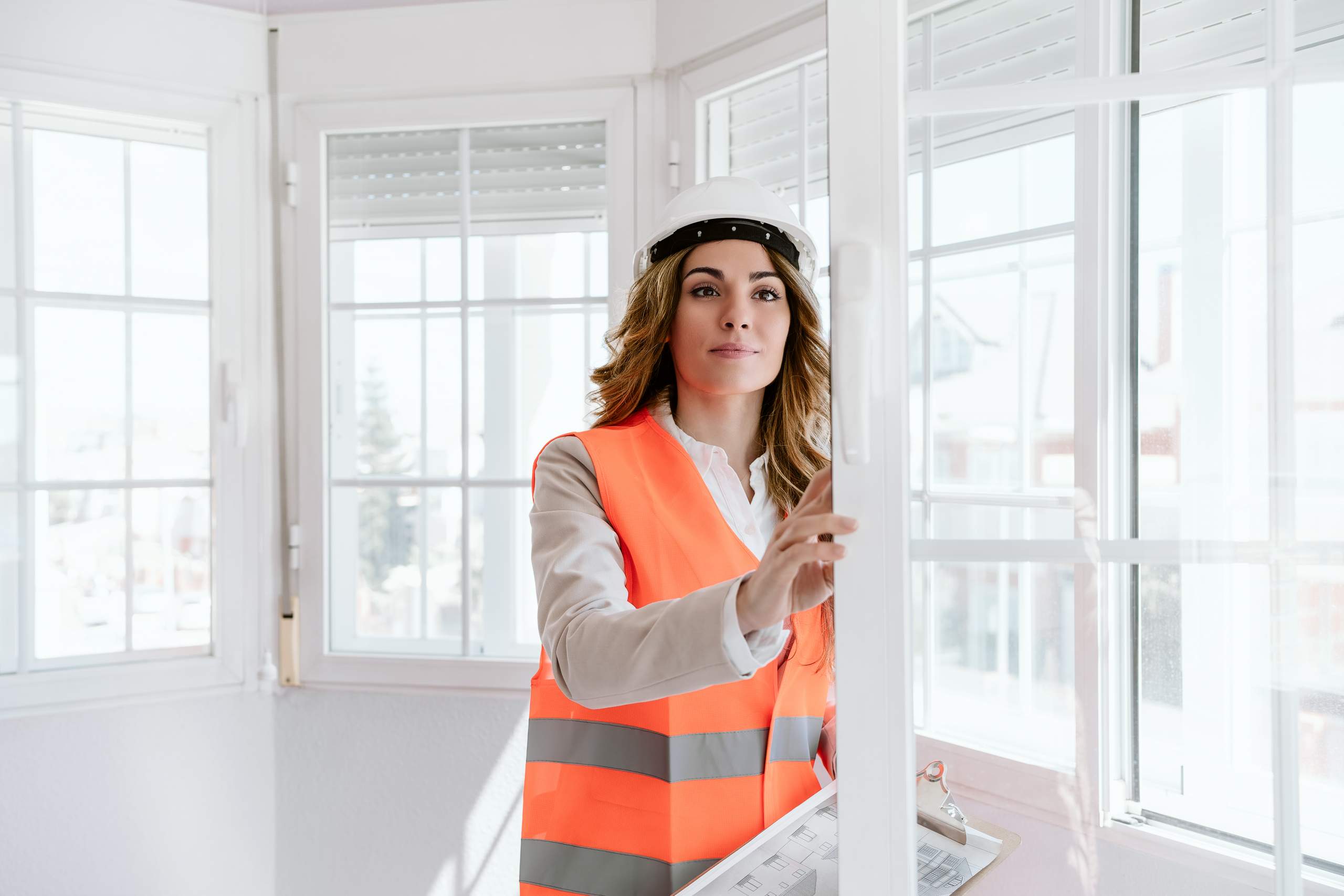

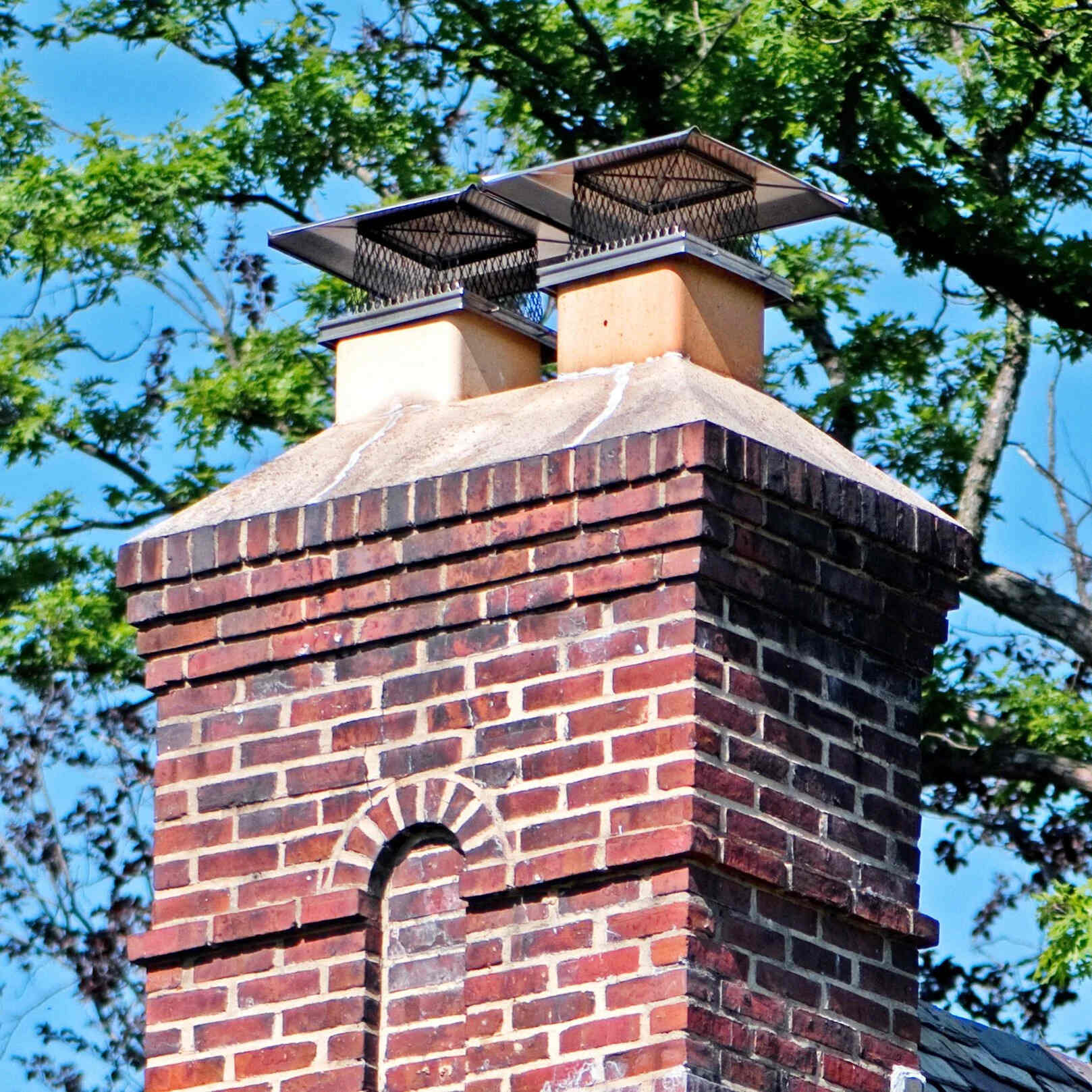

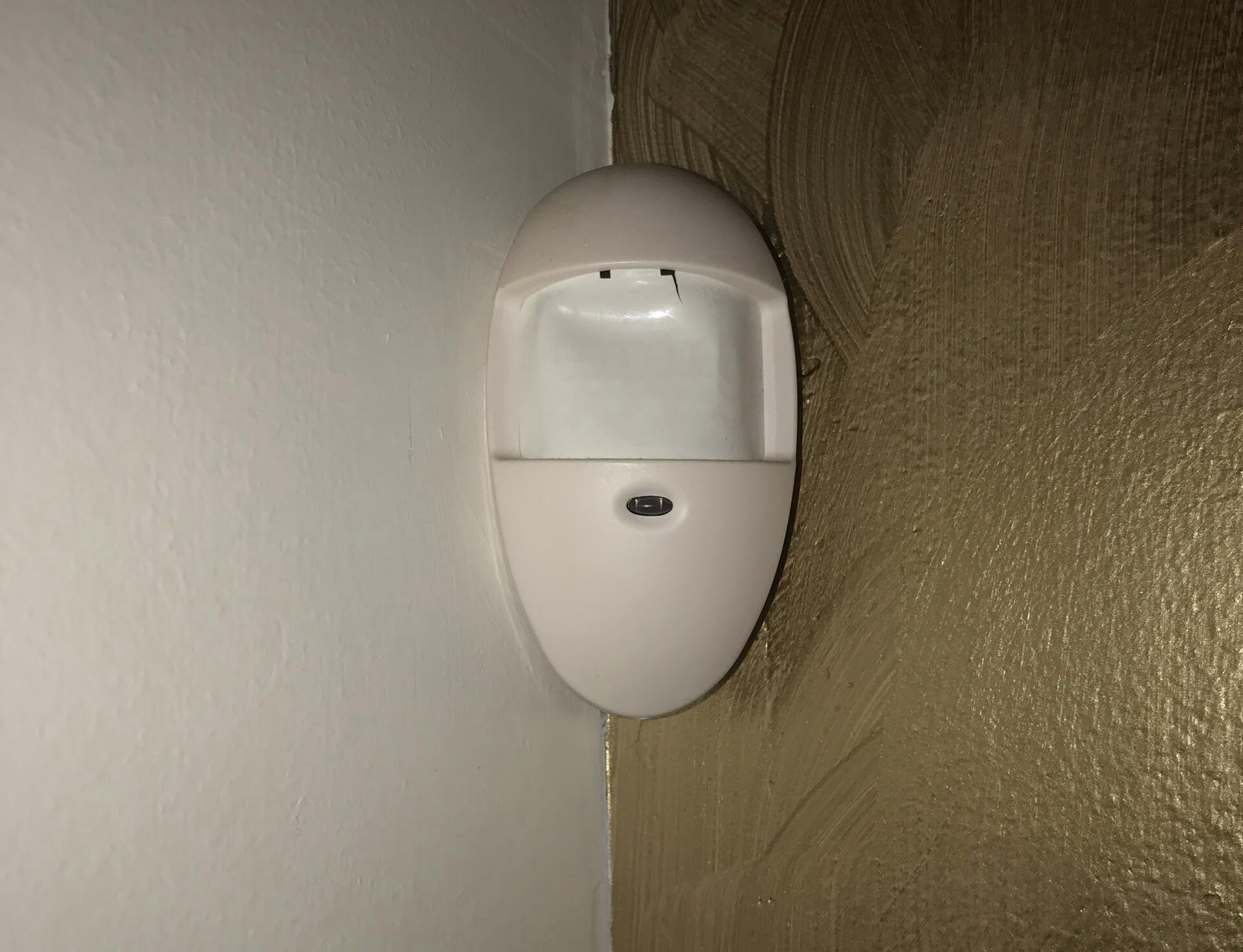
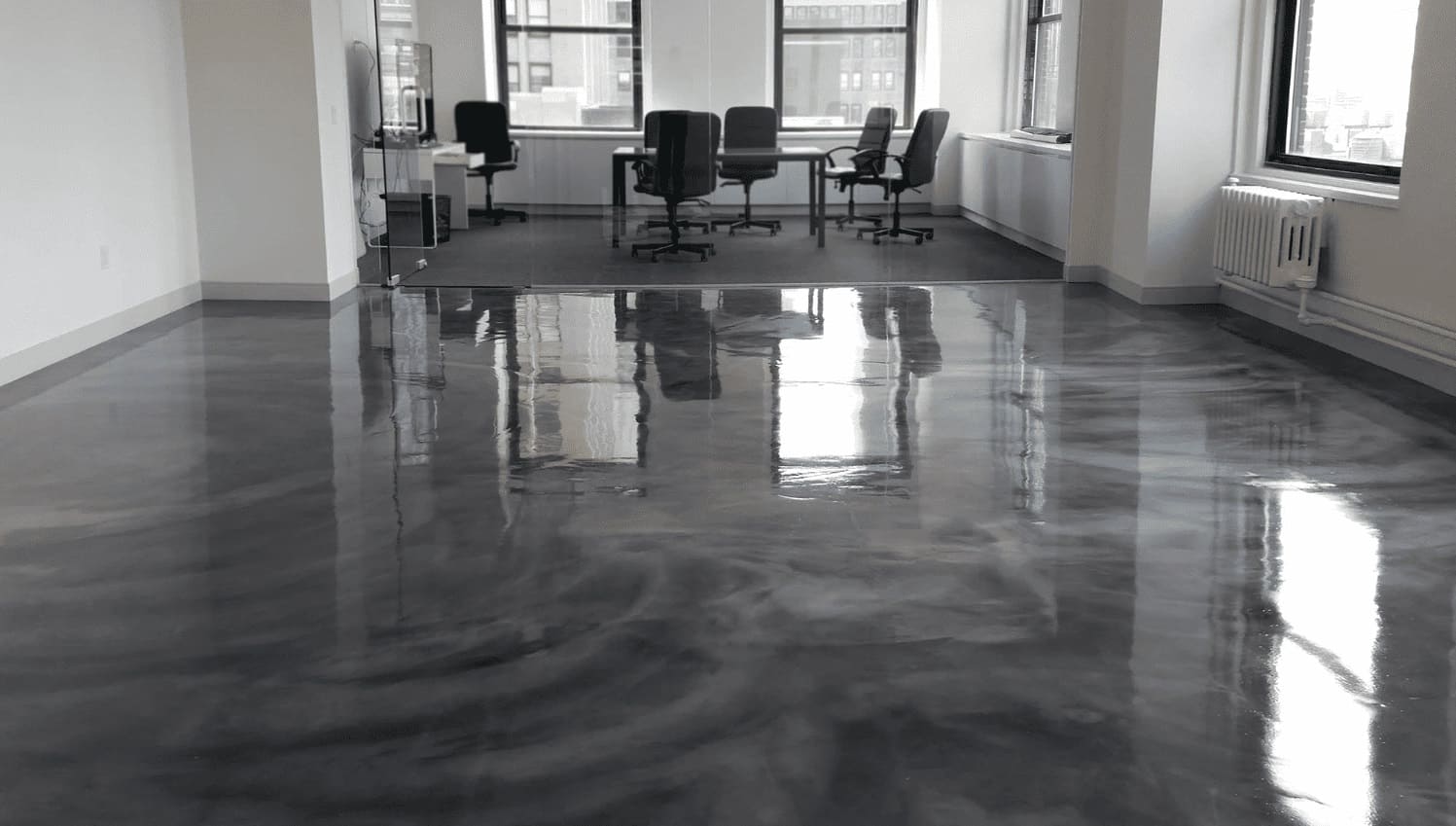

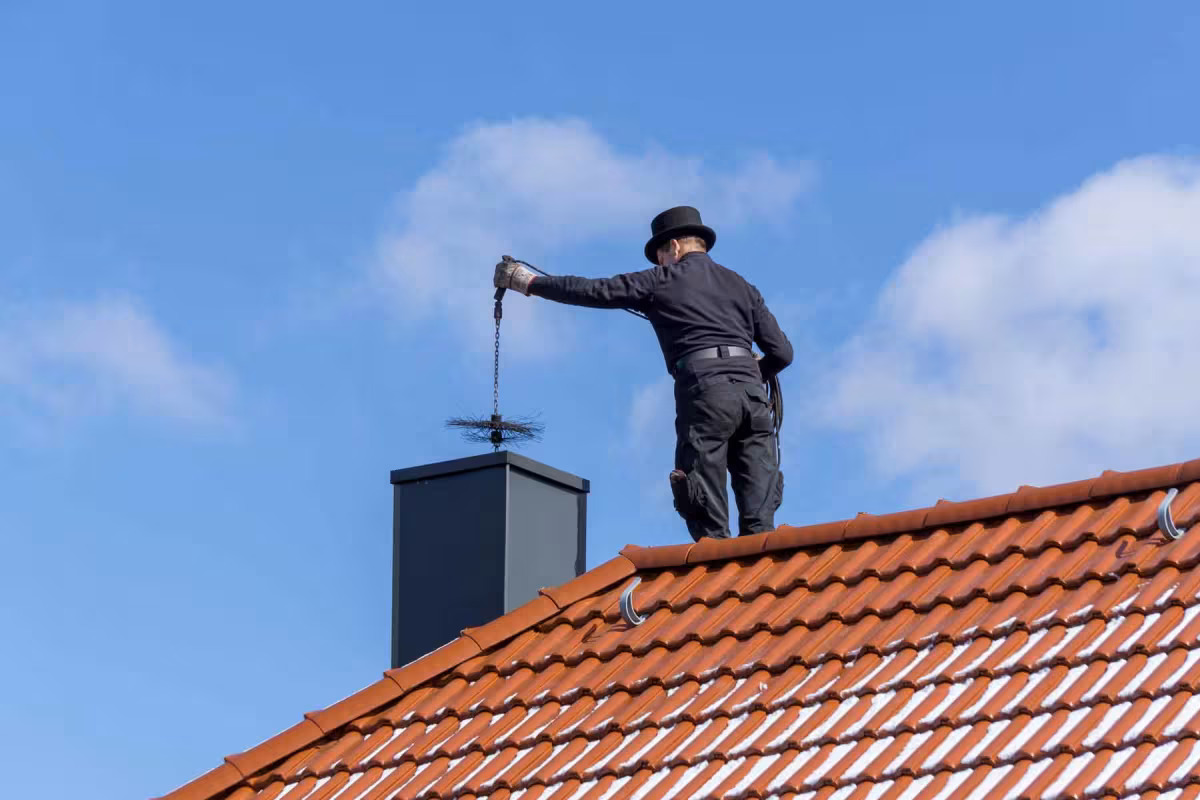
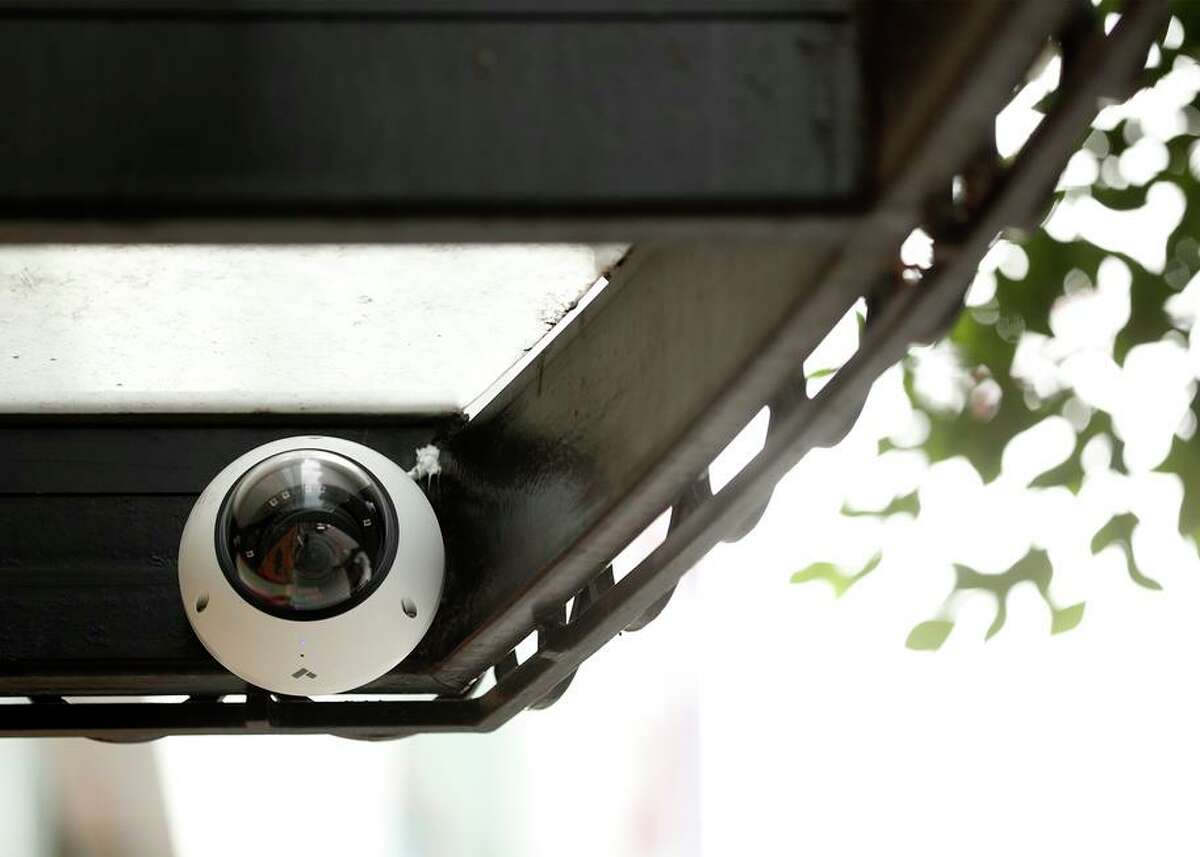

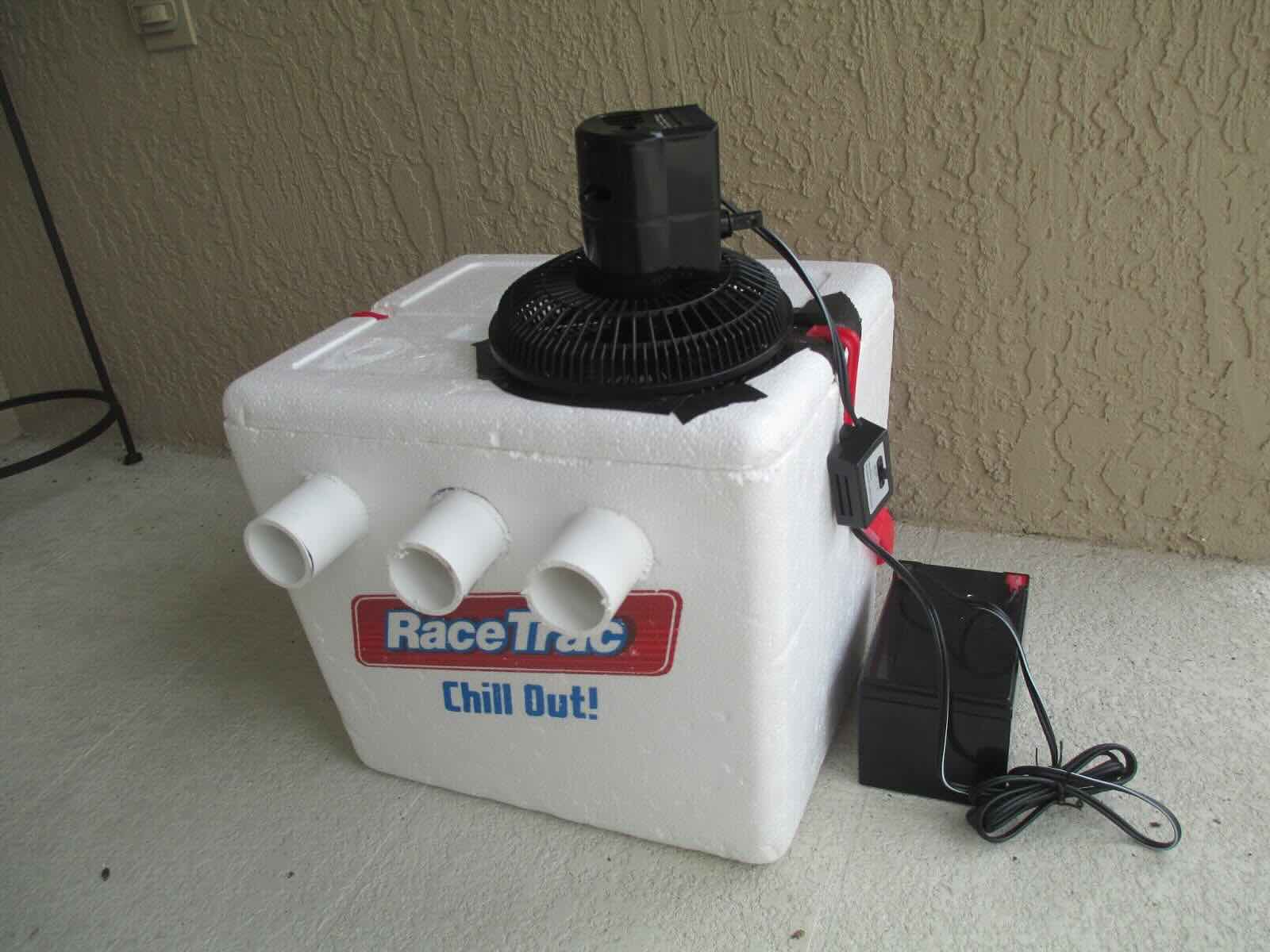
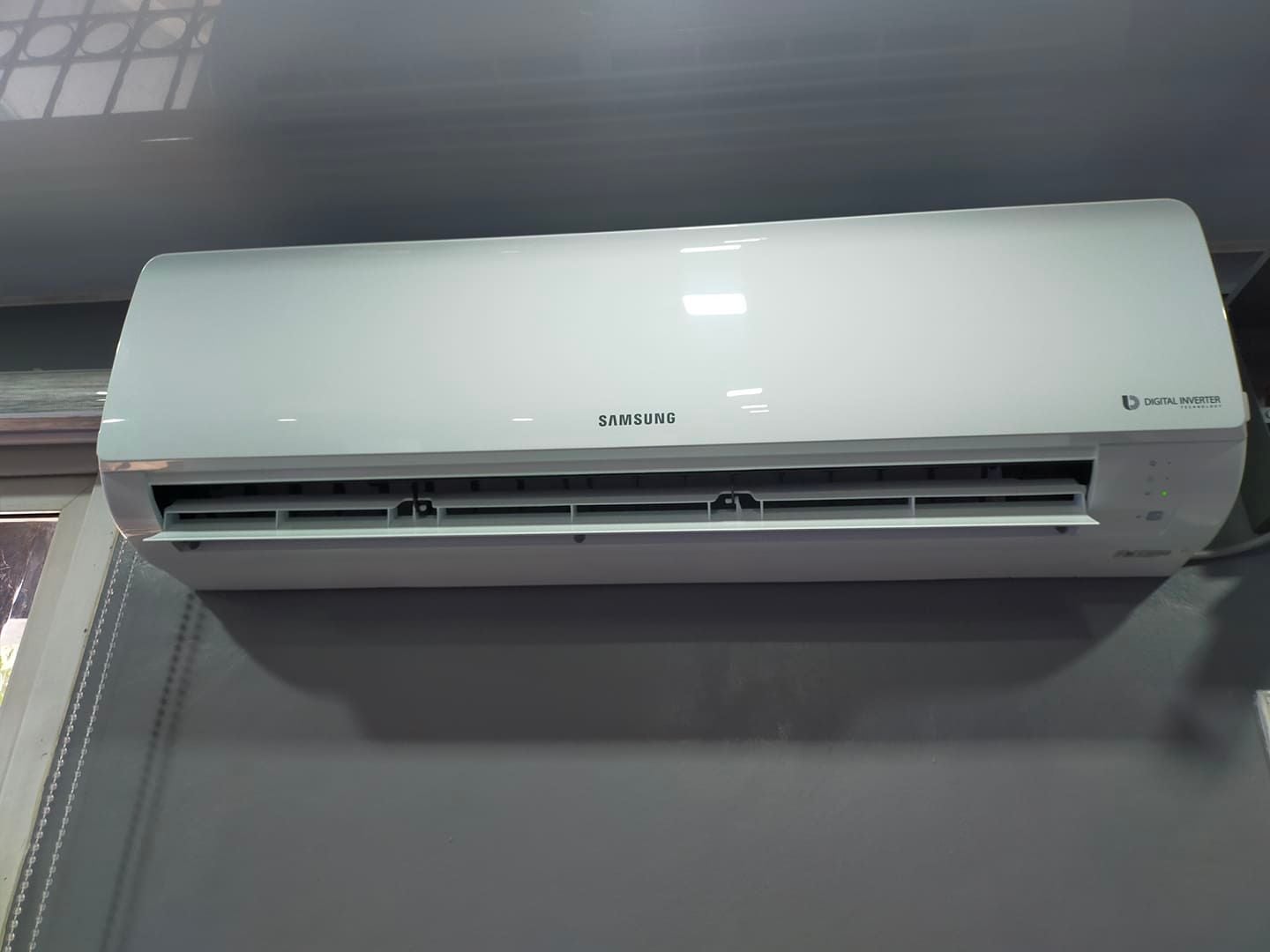


0 thoughts on “How To Make Home Repairs With FHA 302K”